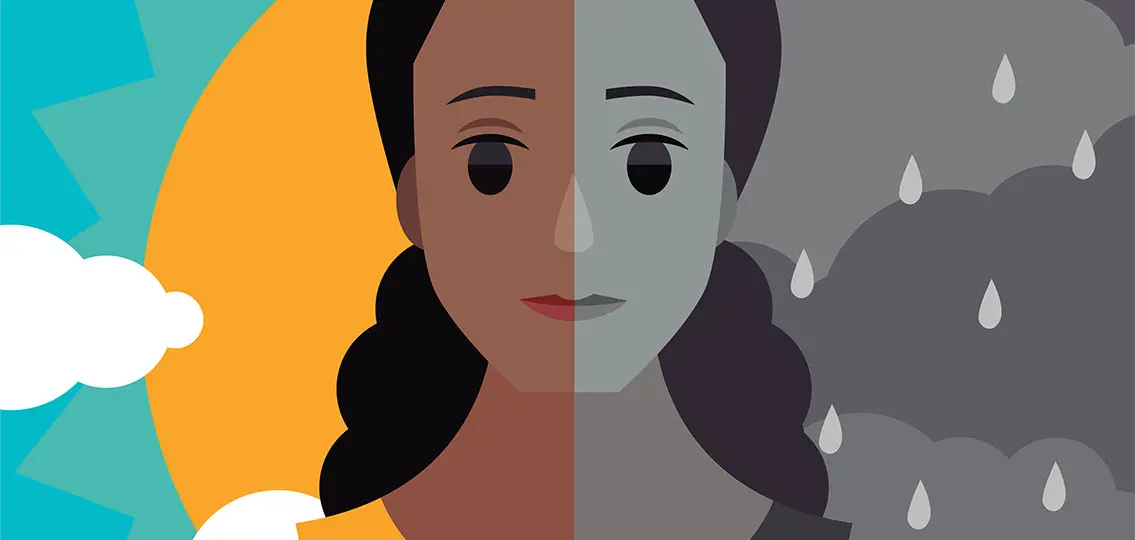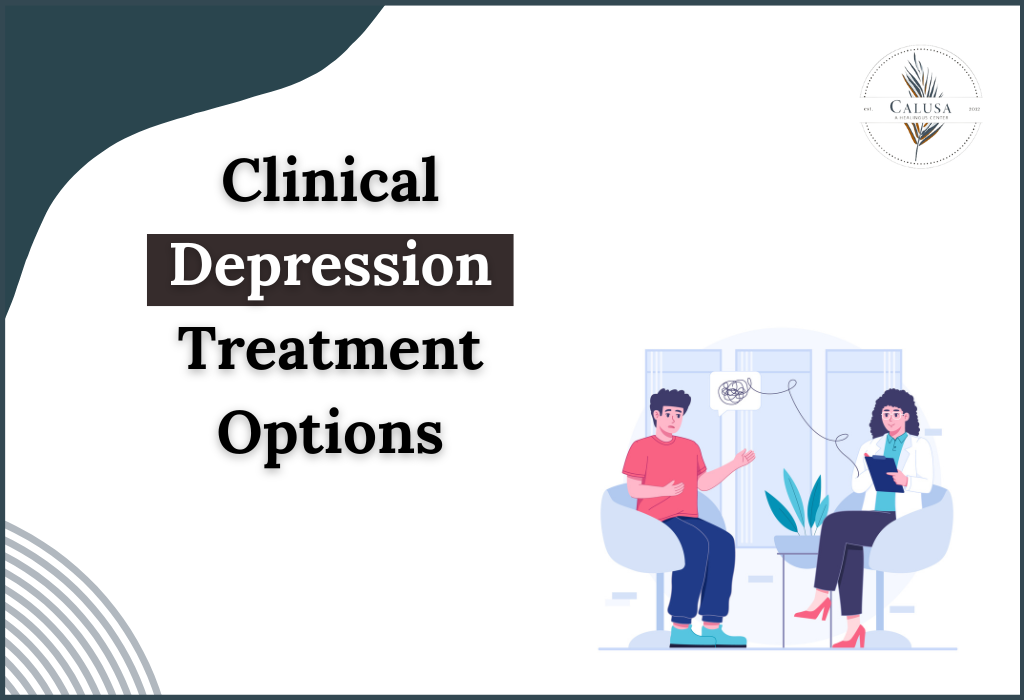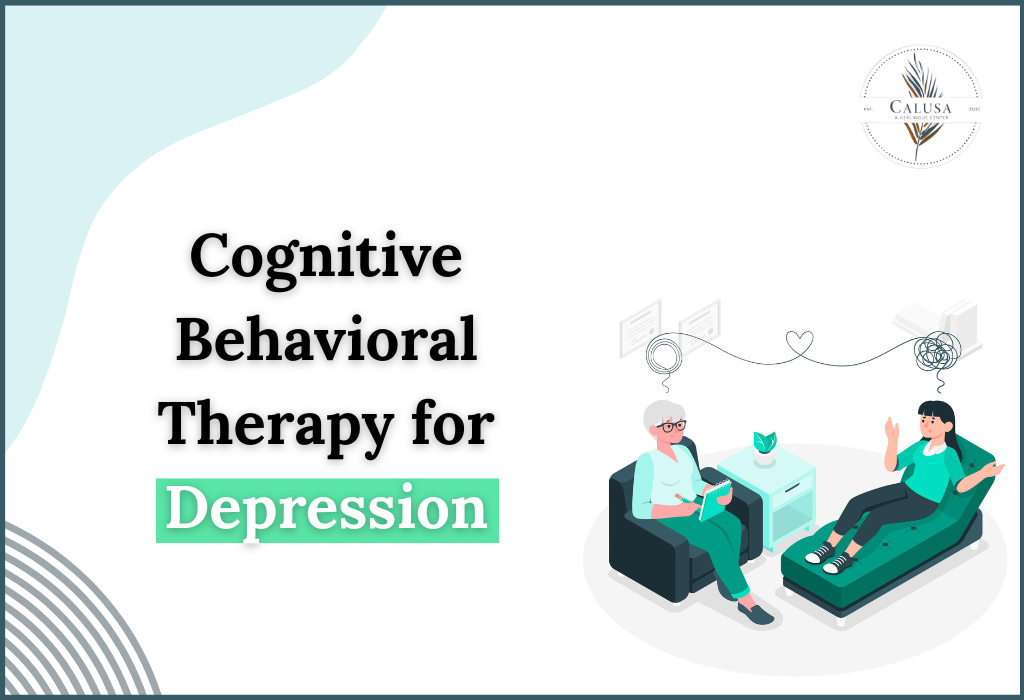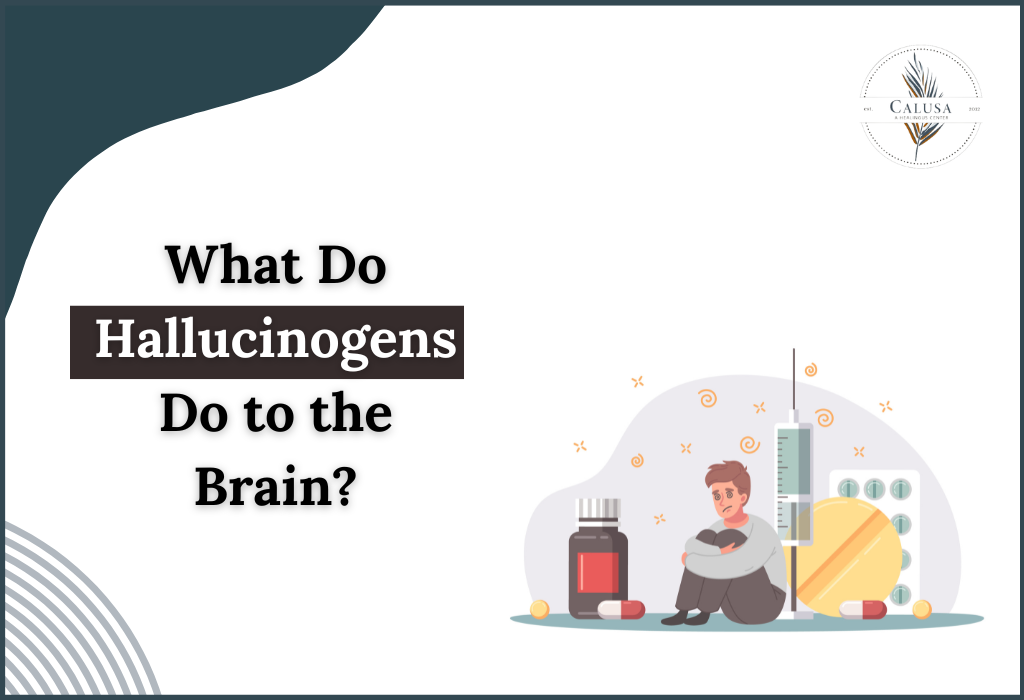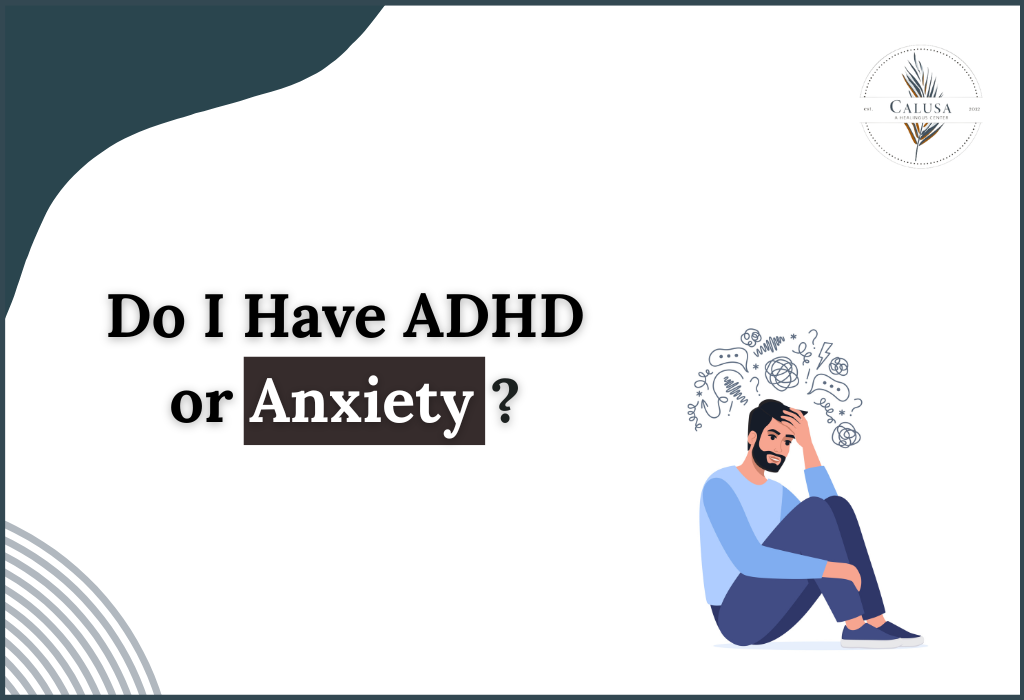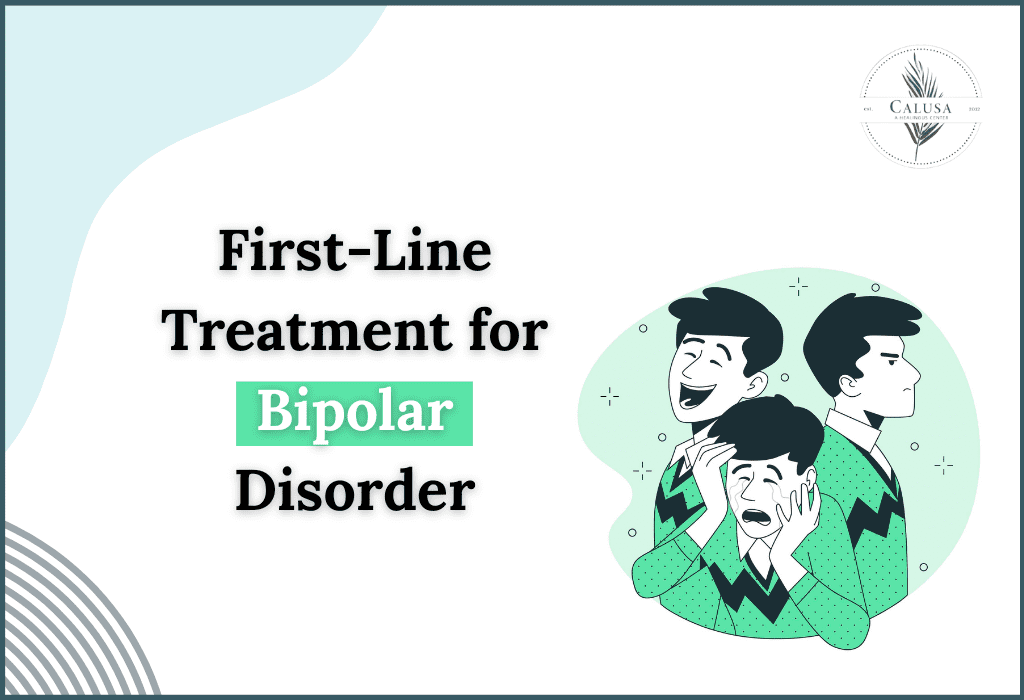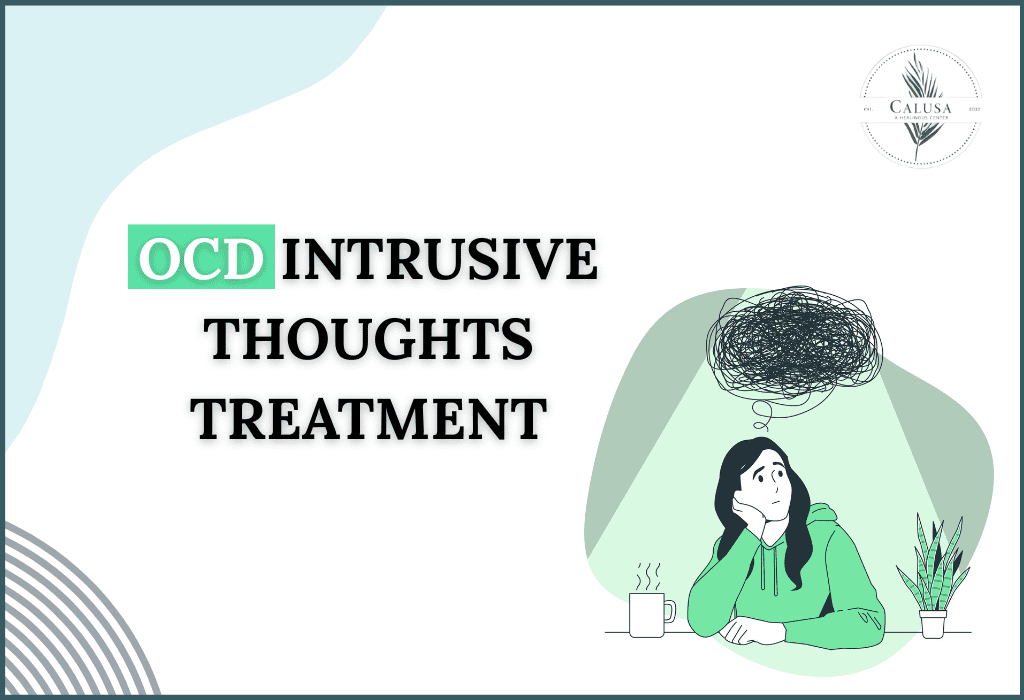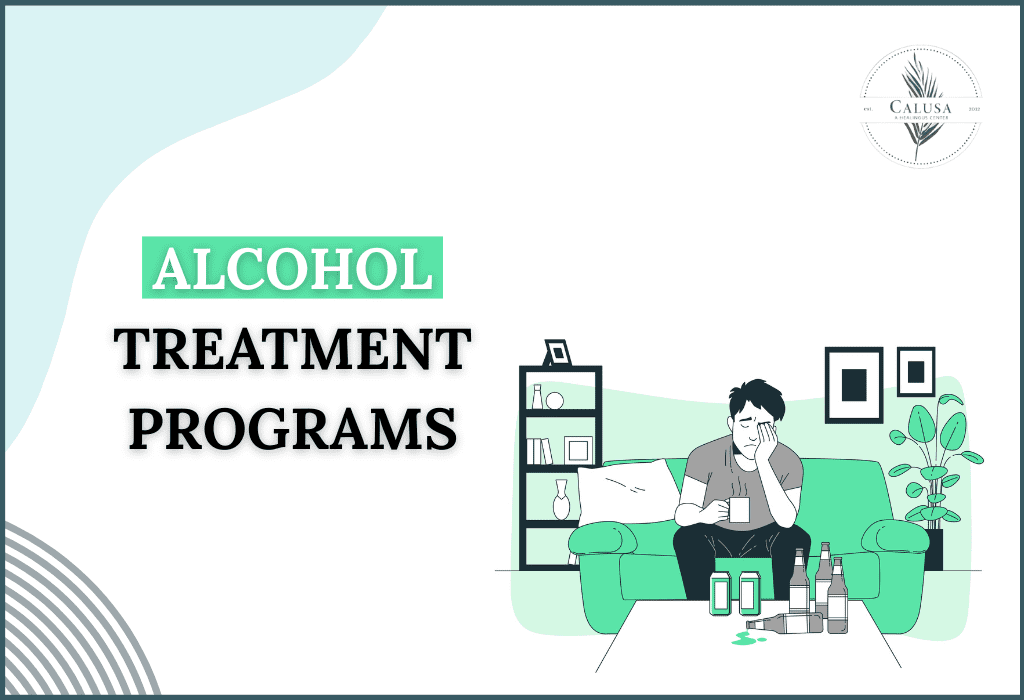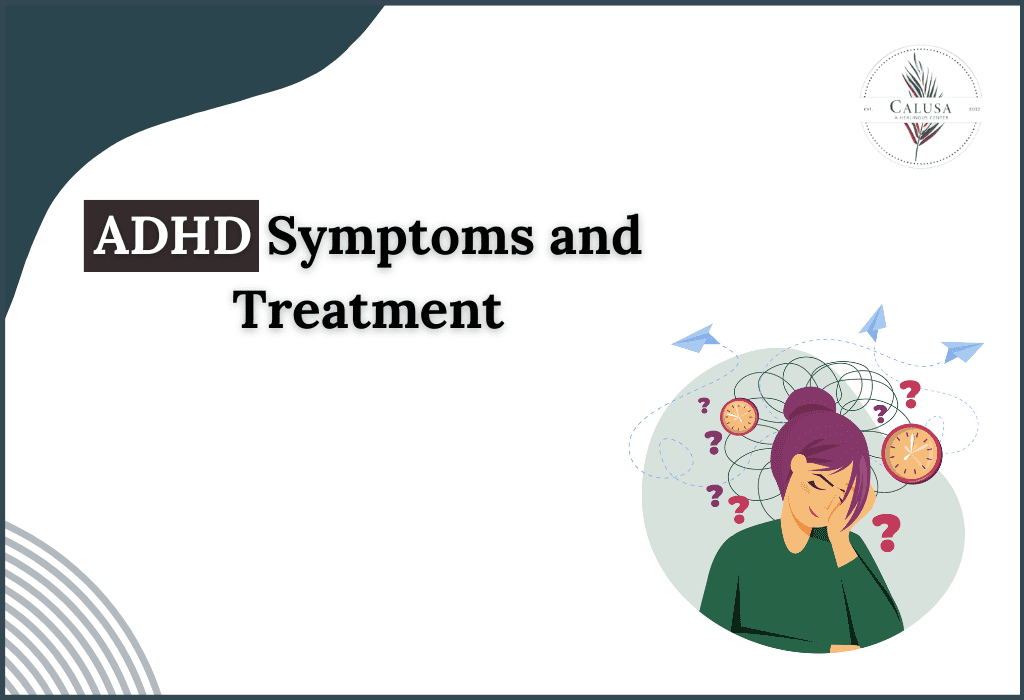Bipolar disorder is a mental illness that affects millions of people across the globe. It is a condition that can cause extreme mood swings, from mania to depression, and can have a significant impact on an individual’s daily life. If you or a loved one are experiencing mood swings that seem more severe than usual, it’s essential to understand the symptoms of bipolar disorder and seek professional help. In this article, we’ll explore the different types of bipolar disorder, common symptoms, treatment options, and more.
Introduction to Bipolar Disorder
Bipolar disorder, previously known as manic depression, is a mental illness characterized by extreme mood swings. These mood swings can range from periods of high energy, known as manic episodes, to periods of low mood, known as depressive episodes. Bipolar disorder affects both men and women and can begin in adolescence or early adulthood.
Understanding the Different Types of Bipolar Disorder
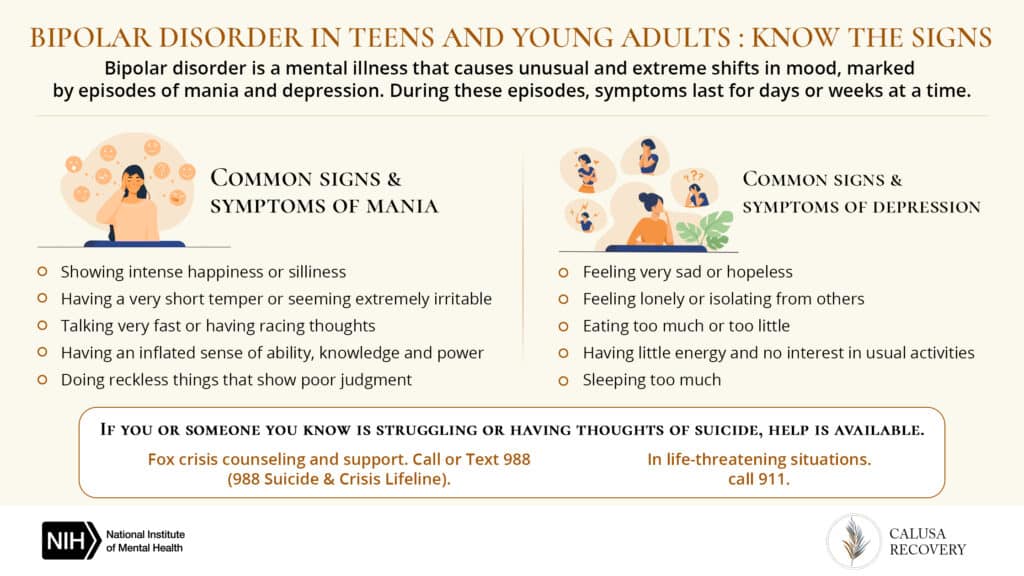
There are different types of bipolar disorder, and understanding the differences between them is essential for proper diagnosis and treatment. The two main types of bipolar disorder are Bipolar Disorder Type 1 and Bipolar Disorder Type 2.
What is Bipolar Disorder Type 1?
Bipolar Disorder Type 1 is characterized by manic episodes that last for at least seven days or are so severe that hospitalization is necessary. These manic episodes can lead to risky behavior, such as impulsive spending or substance abuse. Depressive episodes can also occur, lasting for at least two weeks.
What is Bipolar Disorder Type 2?
Bipolar Disorder Type 2 is characterized by depressive episodes and hypomanic episodes, which are less severe than full-blown manic episodes. Hypomanic episodes can cause increased energy and creativity but do not lead to risky behavior like manic episodes.
What is bipolar I or II disorder with mixed features?
Mixed Features are a combination of both elevated and depressed symptoms that occur simultaneously or in a rapid sequence in individuals who are experiencing an episode of bipolar disorder. In general, bipolar disorder is characterized by a fluctuating mood that alternates between elevated and depressed symptoms.
What is Cyclothymic Disorder?
Bipolar disorder is characterized by a range of mood swings, known as Cyclothymic Disorder, which is a mild form of the disorder. It is characterized by frequent episodes of hypomania, as well as depressive symptoms. The cyclothymic disorder involves emotional fluctuations, but the severity of the symptoms is less pronounced than those associated with bipolar disorder I or II.
Common Symptoms of Bipolar Disorder
The symptoms of bipolar disorder can vary depending on the type of bipolar disorder and the individual. However, there are some common symptoms to look out for, including mood swings, changes in sleep patterns, erratic behavior, and more.
| Symptoms of a Manic Episode | Symptoms of a Depressive Episode |
| Feeling very up, high, elated, or extremely irritable or touchy | Feeling very down sad, or anxious |
| Feeling jumpy or wired, more active than usual | Feeling slowed down or restless |
| Having a decreased need for sleep | Having trouble falling asleep, waking up too early, or sleeping too much |
| Talking fast about a lot of different things (“flight of ideas”) | Talking very slowly, feeling unable to find anything to say, or forgetting a lot |
| Racing thoughts | Having trouble concentrating or making decisions |
| Feeling able to do many things at once without getting tired | Feeling unable to do even simple things |
| Having an excessive appetite for food, drinking, sex, or other pleasurable activities | Having a lack of interest in almost all activities |
| Feeling unusually important, talented, or powerful | Feeling hopeless or worthless, or thinking about death or suicide |
What are the Signs of Bipolar Disorder?

- Mood swings: individuals with bipolar disorder experience extreme mood swings, ranging from manic episodes to depressive episodes.
- Changes in sleep patterns: individuals with bipolar disorder may experience changes in their sleep patterns, such as difficulty sleeping or sleeping too much.
- Erratic behavior: during manic episodes, individuals with bipolar disorder may engage in risky behavior, such as impulsive spending or substance abuse.
- Fatigue: individuals with bipolar disorder may experience fatigue during depressive episodes.
- Changes in appetite: individuals with bipolar disorder may experience changes in their appetite, such as overeating or loss of appetite.
Mania
Mania is characterized by an excessive level of physical activity or energy, emotional state, or behavior. This increase must be apparent to others and be indicative of a change in self-regulation. Common symptoms include feelings of invulnerability, insomnia, racing thoughts and sensations, rapid speech, and delusions or hallucinations.
Symptoms of mania can include:
- feeling happy or excited, even if things aren’t going well for you,
- being full of new and exciting ideas,
- moving quickly from one idea to another,
- racing thoughts,
- talking very quickly,
- hearing voices that other people can’t hear,
- being more irritable than normal,
- feeling much better about yourself than usual,
- being easily distracted and struggling to focus on one topic,
- not being able to sleep, or feel that you don’t want to sleep,
- thinking you can do much more than you actually can,
- make unusual, or big decisions without thinking them through, and
- doing things you normally wouldn’t do which can cause problems. Such as: spending a lot of money, having casual sex with different people, using drugs or alcohol, gambling, or making unwise decisions.
Hypomania
A person with hypomania has a period of intense, sudden changes in their mood, emotions, energy levels, and how much or little they do. This extra energy, mood, and behavior has to be different from who they usually are, it has to be noticeable to others. Hypomania is usually seen in people with bipolar disorder but it can also be seen in people with bipolar disorder but it can also be seen in people with other mental health issues.
Psychosis
Psychosis in Bipolar Disorder typically involves delusions, hallucinations, or a combination of both. It is widely accepted that more than half of patients with BPD develop psychotic symptoms throughout their lifetime. Bipolar Disorder is more common than unipolar depression, and the prevalence of psychotic symptoms in Bipolar may be comparable to schizophrenia.
Is Bipolar Disorder Genetic?
There is evidence to suggest that bipolar disorder may have a genetic component. Studies have shown that individuals with a family history of bipolar disorder are more likely to develop the condition themselves. However, genetics is just one factor that contributes to the development of bipolar disorder. Environmental factors, such as stress or trauma, can also play a role.
How to Know if You Have Bipolar Disorder?
If you or a loved one are experiencing symptoms that could be indicative of bipolar disorder, it’s crucial to seek professional help. A mental health professional can conduct a thorough evaluation and make a diagnosis. Treatment for bipolar disorder can be highly effective, but it’s essential to receive a proper diagnosis to receive the appropriate treatment.
How to Help Someone with Bipolar Disorder?
If you suspect that a loved one may have bipolar disorder, it’s essential to approach the topic with sensitivity and empathy. Encourage them to seek professional help and offer your support throughout the process. Remember that bipolar disorder can be a challenging condition to manage, and your loved one may need your support more than ever.
The Impact of Bipolar Disorder on Daily Life
Bipolar disorder can have a significant impact on an individual’s daily life. During manic episodes, individuals may struggle to focus on work or other responsibilities, leading to job loss or financial difficulties. During depressive episodes, individuals may struggle to get out of bed or complete basic tasks, leading to difficulties with personal hygiene or household chores.
Treatment Options for Bipolar Disorder
Treatment for bipolar disorder typically involves a combination of medication and therapy. Medications such as mood stabilizers or antipsychotics can help manage symptoms and prevent future episodes. Therapy, such as cognitive-behavioral therapy or family therapy, can help individuals with bipolar disorder manage their symptoms and improve their quality of life.
How Bipolar Disorder is Treated?
Medication:
Mood stabilizers or antipsychotics can help manage symptoms and prevent future episodes like Lithium, certain antipsychotic medications, certain anticonvulsive medications, and certain benzodiazepine medications.
Mania and Hypomania
The first course of treatment for bipolar disorder will typically involve the administration of an antipsychotic medication. Common antipsychotics used to treat bipolar disorder include:
- Haloperidol
- Olanzapine
- Quetiapine
- Risperidone
Depressions
- Fluoxetine with Olanzapine
- Quetiapine
- Olanzapine or
- Lamotrigine
Therapy:
Cognitive-behavioral therapy or family therapy can help individuals with bipolar disorder manage their symptoms and improve their quality of life.
Lifestyle changes:
Maintaining a regular sleep schedule, engaging in regular exercise, and avoiding alcohol or drugs can also help manage symptoms.
What are some other treatment options?
- Electroconvulsive Therapy – ECT is a type of brain stimulation that has been shown to help treat the serious mental health problems that come with bipolar disorder. Healthcare providers may think about it if the condition hasn’t gotten any better after other treatments or if there’s a need for a quick response, like if someone is at risk of suicide or if they’re not responding to treatment.
- Repetitive transcranial magnetic stimulation (rTMS) – rTMS is a form of brain stimulation that utilizes magnetic waves to treat depression over several treatment sessions. While it is not as potent as ECT, it does not necessitate general anesthesia and presents a low risk of adverse memory and cognitive effects.
- Light Therapy – Light Therapy has been demonstrated to be the most effective evidence-supported treatment for Seasonal Affective Disorder (SAD). Additionally, many individuals with Bipolar Disorder experience a seasonal exacerbation of their depressive symptoms or SAD during winter months. Light therapy can also be used to treat milder forms of seasonal depression with bipolar disorder.
How Long Do Bipolar Episodes Last?
The duration of bipolar episodes can vary depending on the individual and the type of bipolar disorder. Manic episodes typically last for at least seven days, while depressive episodes typically last for at least two weeks. However, some individuals may experience episodes that last for months or even years.
Is Bipolar Disorder a Disability?
Bipolar disorder is considered a disability under the Americans with Disabilities Act (ADA). This means that individuals with bipolar disorder are entitled to workplace accommodations and cannot be discriminated against because of their condition. However, not all individuals with bipolar disorder will qualify for disability benefits.
Managing Bipolar Disorder in Everyday Life
Managing bipolar disorder can be challenging, but there are steps that individuals can take to improve their quality of life. Regular exercise, a healthy diet, and getting enough sleep can all help manage symptoms. It’s also essential to develop a support system and learn coping strategies for managing stress and difficult emotions.
The Importance of Self-Care for Individuals with Bipolar Disorder
Self-care is essential for individuals with bipolar disorder. This can include activities such as exercise, meditation, or spending time with loved ones. Individuals with bipolar disorder must prioritize self-care and make time for activities that bring them joy and improve their mental health.
Frequently Asked Questions About Bipolar Disorder
Is Bipolar Disorder a Personality Disorder?
No, bipolar disorder is not a personality disorder. It’s a mental health condition that causes extreme fluctuations in mood.
What does Bipolar Disorder mean?
Bipolar disease is a mental health condition that causes extreme mood changes, usually from a manic to a depressive state.
How to know if you have Bipolar Disorder?
If you are experiencing symptoms that could be indicative of bipolar disorder, it’s important to seek professional help. A mental health professional can conduct a thorough evaluation and make a diagnosis.
Conclusion
Bipolar disorder is a challenging condition to manage, but with the right treatment and support, individuals with bipolar disorder can lead happy, fulfilling lives. If you or a loved one are experiencing symptoms that could be indicative of bipolar disorder, don’t hesitate to seek professional help with Bipolar Disorder Treatment from Calusa Recovery Treatment Center in Florida. Join us on the journey to stability and wellness – Contact us for personalized bipolar disorder treatment.

